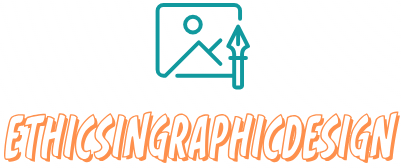The Importance of Sketching in the Design Process
Sketching is an essential tool in the design process, regardless of the field or medium. Here are some key reasons highlighting the importance of sketching in the design process:
- Exploration and Idea Generation: Sketching allows designers to freely explore and generate ideas. It provides a platform to quickly ideate, visualize concepts, and experiment with different design possibilities. By sketching, designers can iterate and refine their ideas before moving on to more time-consuming and detailed stages of the design process.
- Communication and Collaboration: Sketches act as a universal language that bridges the gap between designers, clients, and team members. Sketches effectively convey design intent, allowing for clearer communication and facilitating collaboration among stakeholders. Sketches can evoke emotions, showcase design concepts, and provide a tangible starting point for further discussions and refinements.
- Rapid Visualization and Conceptualization: Sketching allows designers to quickly visualize their thoughts and ideas. It provides a means to explore design solutions in a more immediate and flexible manner. The speed and simplicity of sketching enable designers to capture and express their initial concepts and intentions without getting caught up in the technical details.
- Iterative Design Process: Sketching promotes an iterative design process, enabling designers to refine and improve their ideas. By sketching and reviewing their work, designers can identify strengths, weaknesses, and potential areas for improvement. Sketching facilitates iterations, leading to better design outcomes by allowing designers to test different options and refine their ideas before committing to a final design.
- Flexibility and Versatility: Sketching allows designers to work in a flexible and versatile manner. It can be done using various tools and mediums – from pen and paper to digital sketching software. This flexibility enables designers to adapt their sketching process to different project requirements and working environments, enhancing creativity and productivity.
- Problem Solving and Design Thinking: Sketching plays a vital role in problem-solving and design thinking processes. By visually mapping out ideas and concepts, designers can identify challenges and find innovative solutions. Sketches help designers evaluate design feasibility, identify potential constraints, and generate innovative ways of approaching design problems.
- Documentation and Record Keeping: Sketches serve as a record of the design process and the evolution of ideas. They provide a visual archive that can be referred back to during the project or utilized as a reference for future projects. Reviewing past sketches can inspire new ideas or serve as a starting point for future design explorations.
In conclusion, sketching is a vital part of the design process. It allows for exploration, idea generation, communication, and collaboration while facilitating rapid visualization, conceptualization, and iteration. Sketching fosters creativity, flexibility, and problem-solving skills that contribute to the overall success of a design project. It is a powerful tool that should be incorporated into the design workflow to enhance the quality and effectiveness of the final design outcomes.



